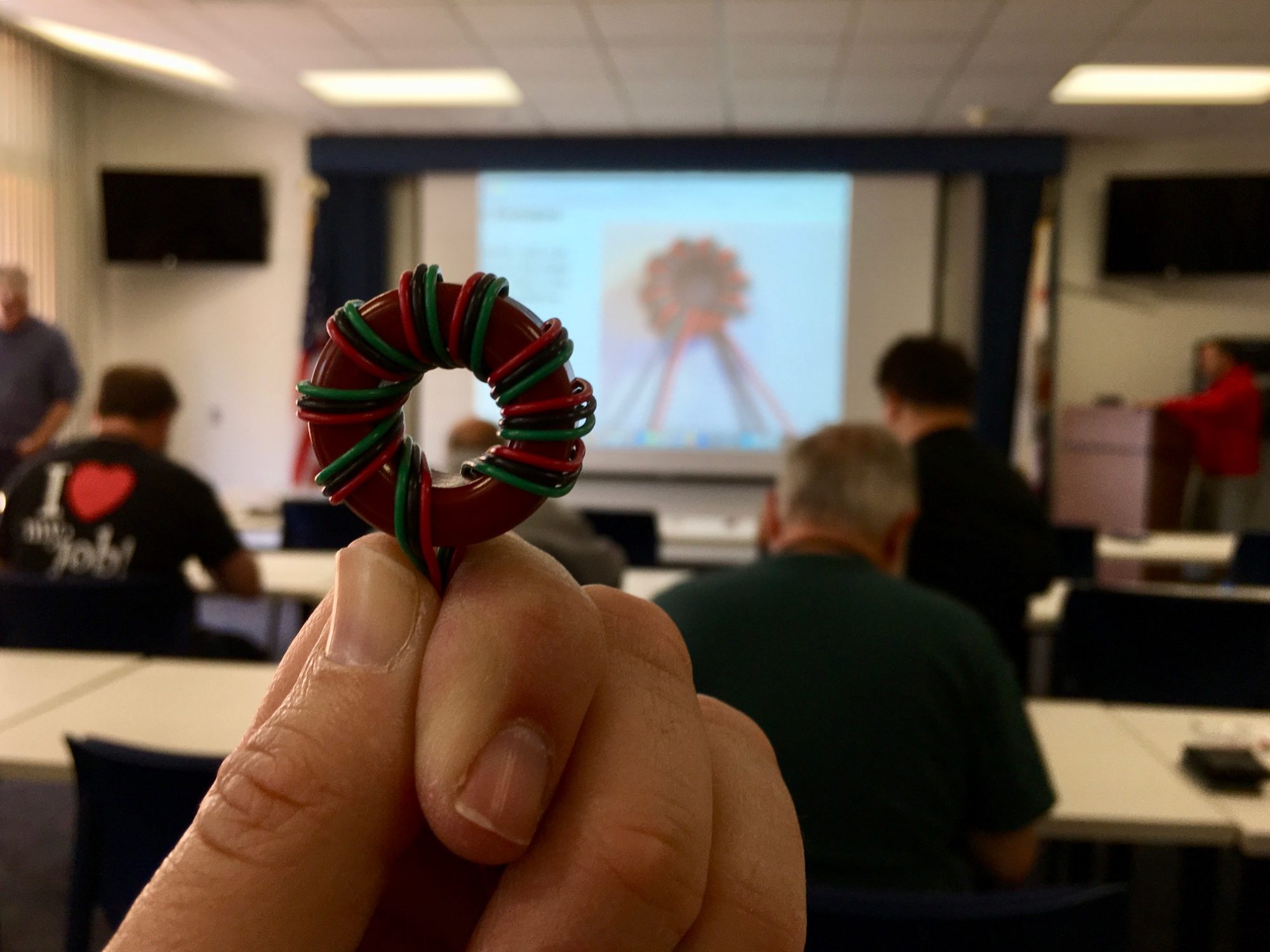By Ben Kuo, AI6YR
 The ham radio community likes to talk about how ham radio will be useful if there is every a big earthquake (i.e. The Big One). However, why wait for that once in a lifetime event to be helpful as a ham? And, will anyone want to use a ham radio operator when they’re not used to, especially in an emergency?
The ham radio community likes to talk about how ham radio will be useful if there is every a big earthquake (i.e. The Big One). However, why wait for that once in a lifetime event to be helpful as a ham? And, will anyone want to use a ham radio operator when they’re not used to, especially in an emergency?
Here are a few stories – and tips – on how, instead of drilling and worrying about the next big earthquake, how ham radio can be useful in everyday life – and better polish your skills so that you actually might pick up your radio and be helpful in a real emergency.
Hang Out On The Repeaters!
You’re not useful if you’re not there—so make sure you program your radios to the local repeaters, and make sure to come back if someone makes a call. Even if you don’t have much time, let the other operator know you’ve heard them, and that someone is listening. Program the repeaters into the transceiver you have installed in your automobile (you do have one of those installed, don’t you?) and just scan. You don’t have to get into a long QSO or ragchew, just let folks on the repeater know you’re there!
One local ham I know tells me the story about hearing someone on BOZO one day, when someone kept putting out their call. No one answered. Detecting a note of concern in the calling ham’s voice, he came back, and lo and behold—there was a need for urgent (but not emergency) traffic! It turns out, the ham calling out on the repeater (and not getting any answers) had gone out with his buddies to Santa Cruz Island, part of the Channel Islands National Park. They’d been hoping to come home that day, but due to rough seas and weather – they weren’t able to get off the island! Anyone who’s been out there knows there is no cell phone service on the island – and really no way to get a message to shore. It was no emergency, but the ham at home was able to copy down contact names and numbers, and make some phone calls to let families know what the situation was, and to keep people from worrying. If he’d just let that call go on the repeater, the poor ham on the island would have been SOL and some families would have been extremely worried without that traffic handling.
Similarly, I’ve specifically hung out on the repeaters when I know someone is out on a long trip. My son (KK6ODQ), for example, went on a sailing trip (out around Anacapa Island), where they unfortunately hit a rock. They contacted the Coast Guard and limped back towards shore, however, they were forced to motor back in at a very slow speed. Instead of arriving back at port around 3pm, they expected it would be 6pm or 7pm before they were back—all while worrying about a sinking boat! A quick call by my son allowed me to inform the parents of everyone on the trip, and keep updated every half hour.
Keep those simplex calling frequencies going, too!
Similarly, to repeaters, keep simplex calling frequencies in your scan list, and check them often. One of the first things a new ham does, is get on 146.520 and see who they can call up on the air! The answer today, sadly, is… almost no one. I keep a spare radio on 146.520 all the time, and – as a result – have been the first, real, ham radio contact for a number of first time ham operators. If the existing ham community isn’t listening on simplex, those new hams figure that ham radio is dead, lose enthusiasm for the hobby, and never truly join our ranks!
Pay attention to non-ham radio frequencies.
Do you know what your local police department and fire department use for their dispatch channel? For hams, it’s easy enough to listen in on the local police and fire departments. (for example, here in Ventura County, the local police dispatch on 156.150, fire on 155.055). It’s worth knowing these frequencies, and listening in to see what’s going on. If you don’t know what those frequencies are today, and aren’t paying attention, don’t know the lingo, and are otherwise clueless – when it’s useful to have those frequencies (wildfire, earthquake, etc.) you won’t know how to get to them.
The other frequencies to pay attention to are the National Weather Service (local broadcasts of weather on the radio at 162.400 and 162.425 work really well for me), where you get up to date weather alerts and broadcasts and other important information on storms. This works even if you’re out of Internet range, when you’re up on a mountain top, out on the ocean, or in the middle of the desert.
Want to demonstrate the usefulness of ham radio to someone not familiar with the radio? Show them the police, fire, and weather – and you’ll have them hooked. Nowadays, there’s a half dozen non-hams who will call or text me to ask why they heard sirens, what’s going on with the police activity, etc. etc. etc.—and who are seriously thinking it would be good to know how to tune into that information on the radio.
Keep other people informed on traffic, fires, etc.
All too often, we here in Southern California face traffic jams and wildfires. All too often, I’ll be stuck in traffic, or see a fire break out, and tune into the local repeaters – and crickets. If hams aren’t using the radio to let people know what’s going on locally – whether the giant traffic jam on the 101, or the massive wildfire in Santa Barbara which has closed off the PCH—what good will we be in bigger emergencies? Get on the air! Put your call out, mention to anyone listening that there’s a big fire, you might want to tune into the fire frequencies to see what’s going on. Do a little talking and communicating! I watched as people on social media (Twitter, Facebook) complained they didn’t know what was going on with the big La Tuna fire in Los Angeles. As ham radio operators, we’re in the rare position of actually knowing where to get that first hand information (see #3) – tuning into the local fire frequencies, passing on tidbits of information to other hams. I listened in on the Santa Barbara repeaters over the last two big fires up in that direction, and there was always a stream of information and updates from folks there on what was going on! Even if no one else appeared to be on the repeater, someone would put on an update. “Fire department says they are calling up two air units!” “The 154 is now shut down”. We should be doing the same!
Anyway, those are a few hints and tips I’d throw out there on how to make us more useful as hams—at least in my opinion. If we’re not on the air on a normal day, how useful will we be, really, in an emergency?
